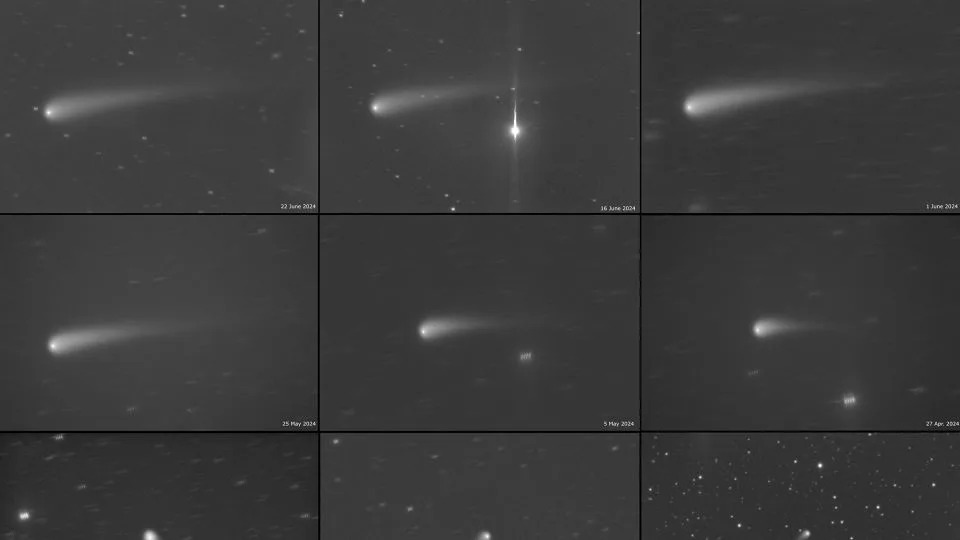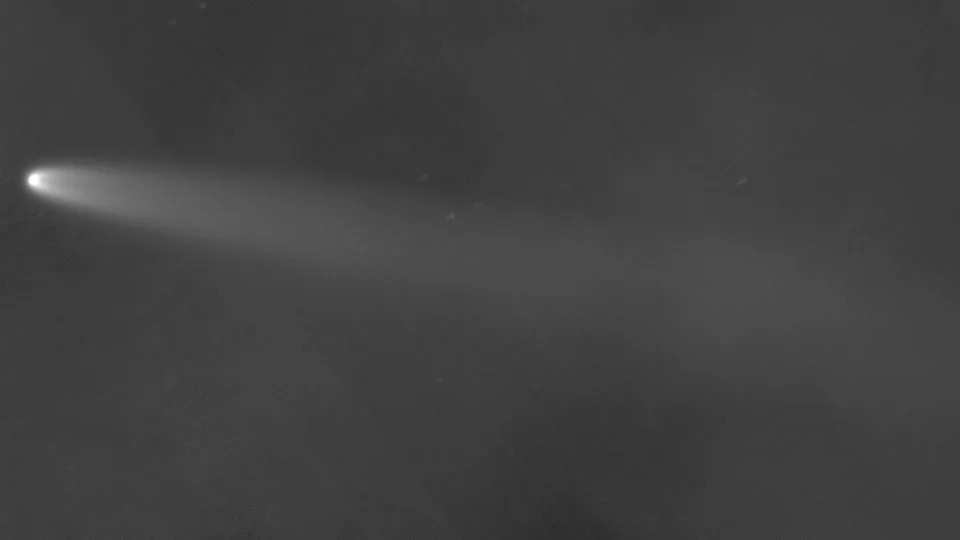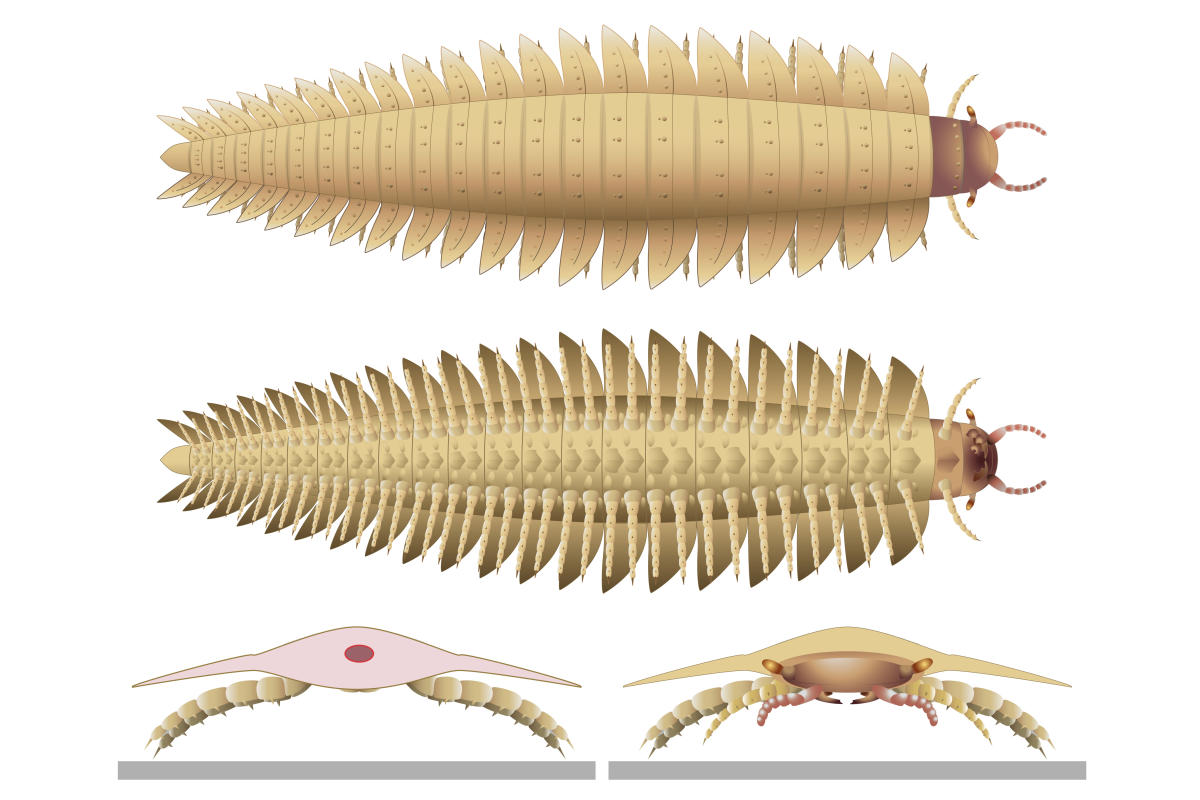Sign up for CNN’s Wonder Theory science newsletter. Explore the universe with news on fascinating discoveries, scientific advancements and more.
A recently discovered comet, known as C/2023 A3 Tsuchinshan–ATLAS, will make its closest approach of Earth on Saturday. Sky-gazers won’t want to miss the event since it may be the last time the comet will be seen in the night sky for another 80,000 years.
The comet successfully reached perihelion, its closest point to the sun in its orbital path around the parent star, on September 27, and was visible for those in the Southern Hemisphere in September and early October. Now, the icy body is on its way out of the inner solar system and will be visible to those in the Northern Hemisphere in mid-October through early November, according to NASA.
On Saturday, the comet will come within about 44 million miles (nearly 71 million kilometers) of Earth. The comet is making its first documented flyby of our planet, according to NASA. With its 80,000-year orbit, the celestial body would have been last seen from Earth at the time of the Neanderthals.
The Virtual Telescope Project in Italy captured images of the comet from May 2023 to June 2024. - Gianluca Masi/Virtual Telescope Project
Those looking to catch a glimpse of the once-in-a-lifetime event will want to look in the western part of the night sky, shortly after sunset, according to EarthSky.
The comet will look like a bright fireball in the dark sky with a long, extended tail. Bill Cooke, lead of NASA’s Meteoroid Environment Office at the Marshall Space Flight Center in Huntsville, Alabama, recommends a pair of binoculars for enhanced viewing of the comet.
“It’s not going to zing across the sky like a meteor. It will just appear to hang there, and it will slowly change position from night to night,” Cooke said. “If you can see (the comet) with your unaided eye, (using) the binoculars will knock your socks off.”
Discovering an ancient comet
Tsuchinshan–ATLAS was discovered separately in 2023 by observers through China’s Tsuchinshan Observatory and an Asteroid Terrestrial-impact Last Alert System, or ATLAS, telescope in South Africa, hence the comet’s namesake, according to NASA.
The celestial object comes from the Oort Cloud, “a mostly spherical collection of comets barely bound to our Solar System thousands of times (farther) away from the Sun than we are,” said astronomer Dr. Teddy Kareta, a postdoctoral associate at Lowell Observatory in Flagstaff, Arizona, in an email.
Scientists were unsure if the comet — composed of ice, frozen gases and rocks — would survive its trip around our solar system’s parent star. But the comet appears to be largely intact and “made it with flying colors,” Cooke said.
Because of its proximity to the sun, Tsuchinshan–ATLAS will experience an effect known as forward scattering, which will cause the comet to appear at its brightest around Wednesday due to sunlight reflecting off its gas and debris. But because of the sun’s harsh glare blocking the comet, it’s unlikely that the celestial body will be visible in the sky until a few days later, Cooke added.
If all goes well, Tsuchinshan–ATLAS will return at this point in its orbit in around 80,000 years, but comets can be unpredictable — it’s possible that another planet’s gravity could change the comet’s course, Cooke added.
C/2023 A3 Tsuchinshan–ATLAS appears brighter in an image taken by the Virtual Telescope Project three days after the comet reached its perihelion. - Gianluca Masi/Virtual Telescope Project
For those unable to see Tsuchinshan–ATLAS in the night sky, the Virtual Telescope Project in Italy will host a live feed of the comet on Wednesday during its brightest point, and on Saturday, at its closest distance to Earth.
“For many people, and especially children, seeing a bright comet in the night sky is a beautiful and life-changing experience,” Kareta said.
“Even if every couple of years a comet might be barely bright enough to be seen with your naked eye, comets that have a potential to be easily visible to many are rare. If you can try to see it, you should — and you should take whoever you can with you so they can experience it too.”
Upcoming celestial events
The next full moon, which peaks on October 17, could interfere with comet viewing, as its illumination hampers the visibility of other objects in the night sky. Called the hunter’s moon, it will be a supermoon and the closest of the year at 222,095 miles (357,428 kilometers) away from Earth.
But there are other chances to view celestial bodies, as a second comet, known as Comet C/2024 S1 (ATLAS), may make its appearance in the night sky in late October, according to EarthSky.
Meanwhile, sky-gazers can anticipate a busy meteor shower season to close out 2024. Here are peak dates for upcoming celestial activity, according to the American Meteor Society:
Orionids: October 20-21
Southern Taurids: November 4-5
Northern Taurids: November 11-12
Leonids: November 17-18
Geminids: December 13-14
Ursids: December 21-22
For more CNN news and newsletters create an account at CNN.com

 German (DE)
German (DE)  English (US)
English (US)  Spanish (ES)
Spanish (ES)  French (FR)
French (FR)  Hindi (IN)
Hindi (IN)  Italian (IT)
Italian (IT)  Russian (RU)
Russian (RU)  3 hours ago
3 hours ago
























Comments